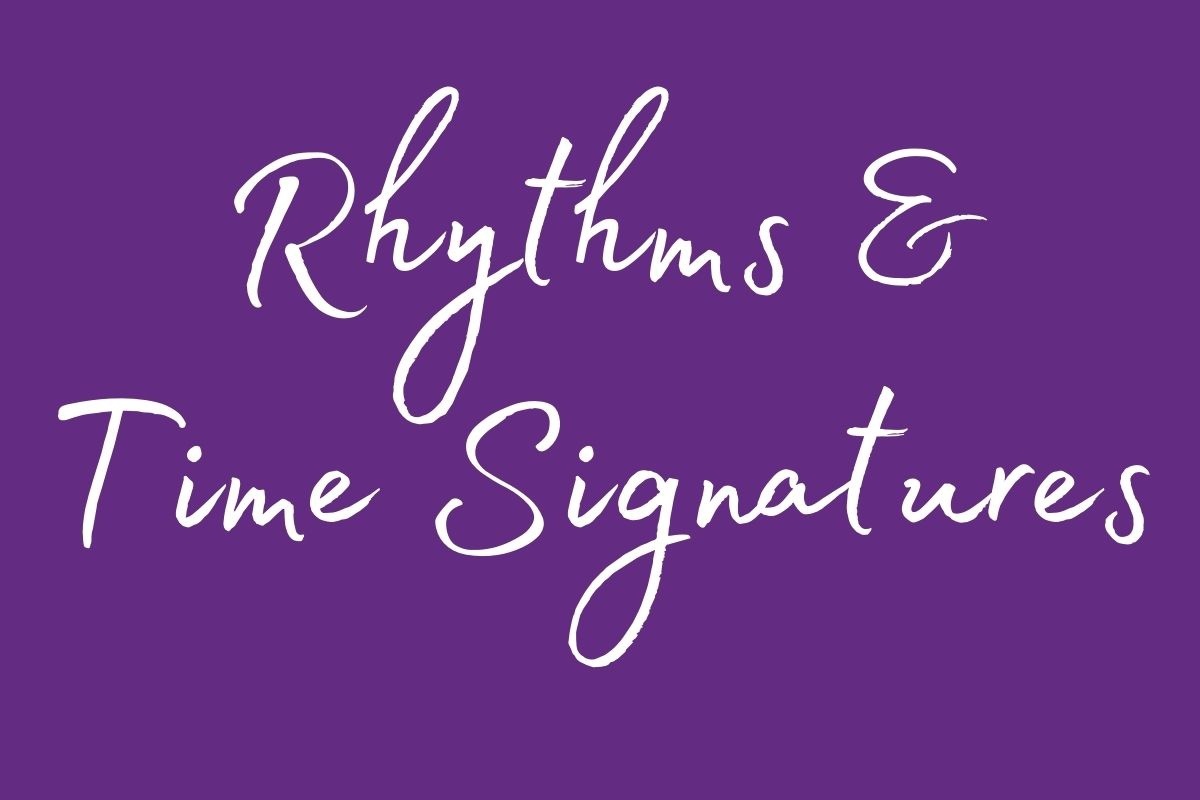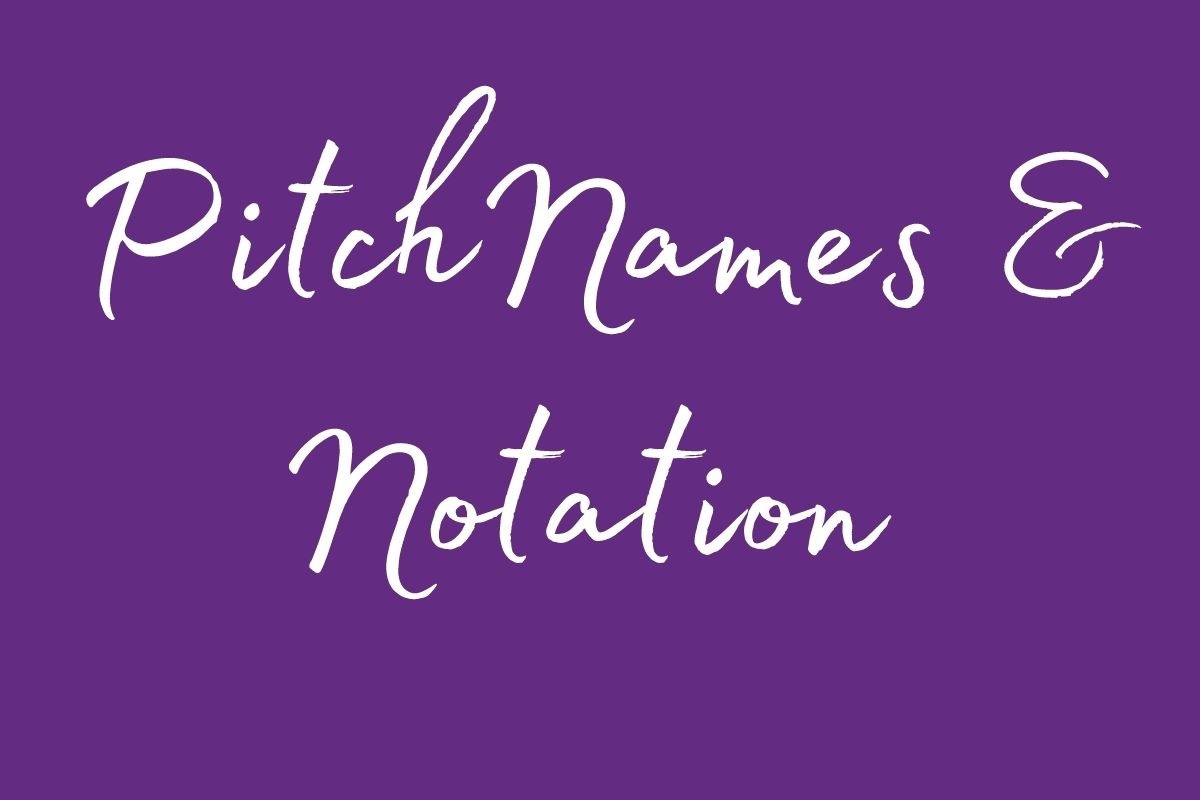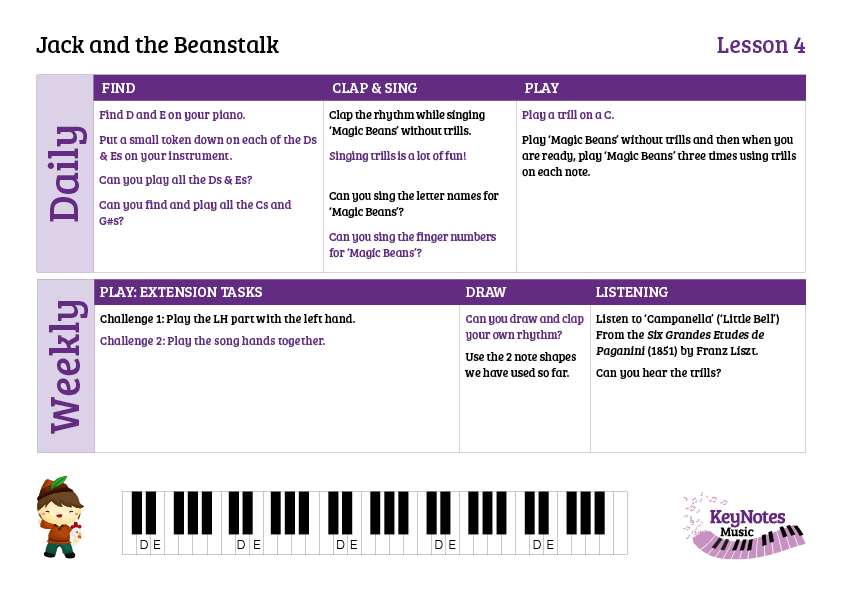Welcome to Storytellers, our group piano curriculum for beginners age 6+, providing the foundations of piano playing for our young learners, using stories, songs, games, and of course the group setting.
An overview of the skills and concepts covered in our Storytellers curriculum
Understanding how essential it is to have an overarching plan, we have laid out exactly how we approach piano learning in this skills and concepts overview.

Dynamics: loud/soft
Tempo: fast/slow
Structure: ABA
Pitch: high/low
Melodies: move

Songs in C Major and A Minor
5-finger scales
Chords I and Vb
Broken Chords

Bubble hand
Staccato
Floating wrist
Long sounds

Crotchets, minims, semibreves, quavers/Quarter notes, half notes, whole notes and eighth notes
Songs in 4/4, 3/4 and 2/4
Ties

Pre-reader - melodic contour with rhythmic notation
All note names as letters
Reader version includes treble clef notation
The Key Difference
Our cyclical curriculum and our system of differentiation are what makes our program different.
Each song has challenge levels so that each child can progress at their own pace.
A cyclical structure makes the curriculum flexible so that new students can join a class any time.
Musical Elements
Children are able to make connections between music and the world, describing how music can represent characters, feelings and moods, and stories. We nurture this understanding through a focus on the musical elements, each story having a different focus.

Goldilocks and the Three Bears: Pitch
Children don't need much introduction to the concept of pitch where it comes to highs and lows. However, we go further and consider how pitch can be used to represent the three bears. Plus we include games and aural exercises where we consider which pitch is higher or lower, whether a melody is moving up or down, and whether notes are moving by step or skip.

Jack and the Beanstalk: Dynamics
Through songs and games, and varying the dynamics of our playing, children learn how louds and softs can represent the characters in the story (the Giant being fortissimo of course!). We learn to use dynamics for expression and storytelling and think about the technique needed to vary our dynamics.

Tortoise and the Hare: Tempo
Tempo also needs little introduction with children, but learning Italian terms and being able to march, tip-toe and dance in time with the music is an important (and fun) skill. Our characters race at different tempos and we play games to learn how tempo can impact our storytelling. We have a wonderful opportunity to play at different tempi as an ensemble, listening carefully to each other and developing an internal pulse.

Three Little Pigs: Structure
The form and structure of music is nicely illustrated through the building of our three little pigs' houses! We consider patterns in music and how songs have different structures. Our storytelling also needs a certain structure, with the Wolf's song coming in between each house, and the pig's response coming in reply!

The Gingerbread Man: Articulation & Technique
With the huge array of sounds and sonorities we can create on the piano, we use the story of The Gingerbread Man to think about articulation, and how to achieve it. Whether our pig is using a staccato articulation when he joins the race, or our Little Old Couple are using accents to show their anger, articulation helps us with our storytelling.
Singing for Success
Singing is a huge part of the learning process, enabling children, not only to make links with non-musical contexts, but also to internalise melodies and achieve rhythmic accuracy. Songs are far easier to remember when learning to play a piece, and they can help with the learning process; so we sing the lyrics, the finger numbers and the letter names.
Game on
Learning through games lends itself very well to the group setting! We can play games in order to embed knowledge and concepts, but also to evidence the depth of understanding. All games relate directly to the objectives of the lesson and of the song being learnt.


Technique from the very start
Our pieces build finger strength, 5-finger positions and a bubble hand posture. We have games and exercises that develop knowledge of the different sounds that can be achieved through the way that we play the piano, and these relate to the stories we are telling.
Supporting you to support your child
We are so passionate about the importance of parents' role in their child's piano-learning journey; it is key to the child's confidence, self-efficacy, and perseverance. As such, we provide an area of our site where parents can watch practice videos for each lesson. This is in addition to the parent practice sheets that teachers are able to hand out each week.

Accompaniments
Accompaniments help to bring the programmatic elements of the pieces to life, as well as making sure that everyone stays in time!
Our accompaniments are played on the piano as we want to highlight the many different and wonderful effects achieved on just one instrument!
Here is an example taken from our Jack and the Beanstalk workbook.
Our Workbooks
Storytellers has five workbooks, each lasting approximately 12 weeks. Each workbook is based on a story, and all learning, playing and gaming are based around them.







